RFID SOLAR
Step 1
RFID tags are attached to items such as products, pallets, or containers, enabling them to be tracked throughout the warehouse.
RFID readers are strategically placed at key locations, such as entry/exit points, storage areas, and loading docks.
Warehouse staff use the WMS to perform various tasks, including inventory management, order fulfillment, receiving, picking, packing, and shipping, leveraging RFID technology to optimize processes and improve efficiency.
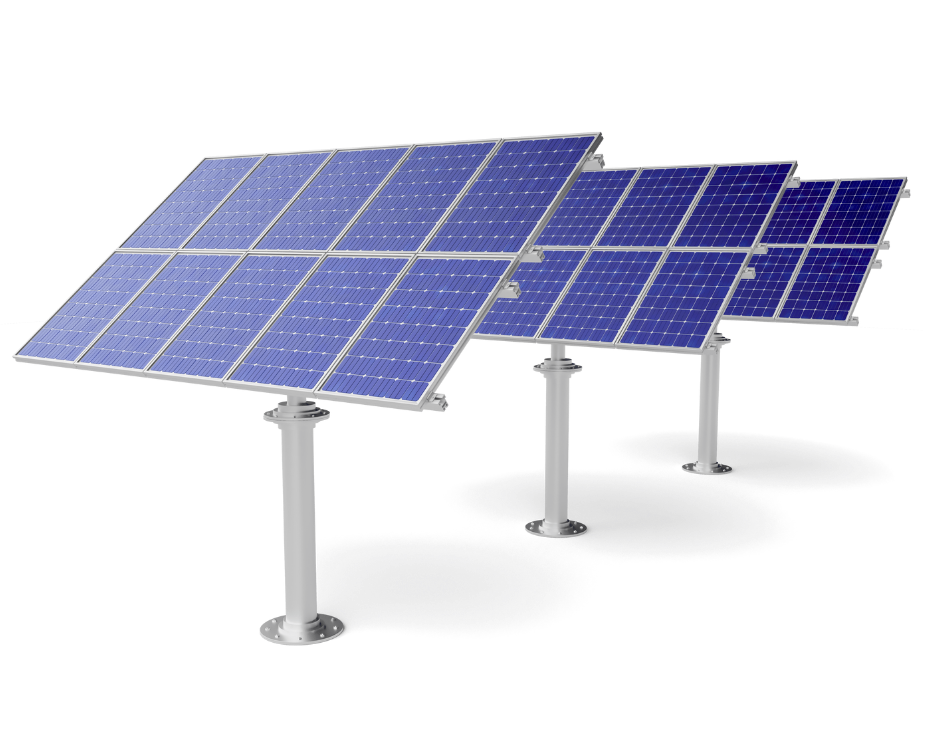
Solar Management Solution with RFID Technology
RFID solar management solution leverages RFID technology to monitor and manage solar energy systems, including solar panels, inverters, batteries, and other components.
RFID readers installed at strategic locations communicate wirelessly with RFID tags, capturing data on system routine, maintenance needs, and asset location.
RFID Tags Durable tags affixed to solar panels, inverters, batteries, and other components, containing unique identifiers.
Solar Energy Management is a Centralized software platform that integrates RFID data with other system parameters, enabling real-time monitoring, analysis, and decision-making.
The system offers endless features, including:
RFID boosts solar asset visibility, enabling proactive maintenance.
RFID streamlines tracking, maintenance, reducing downtime in operations.
RFID optimizes performance, cuts costs, boosts energy production, enhancing ROI.
RFID ensures safety compliance, accurate tracking of equipment usage.
Scalable RFID adapts to diverse solar system needs.
RFID enhances residential solar monitoring, maintenance, optimization.
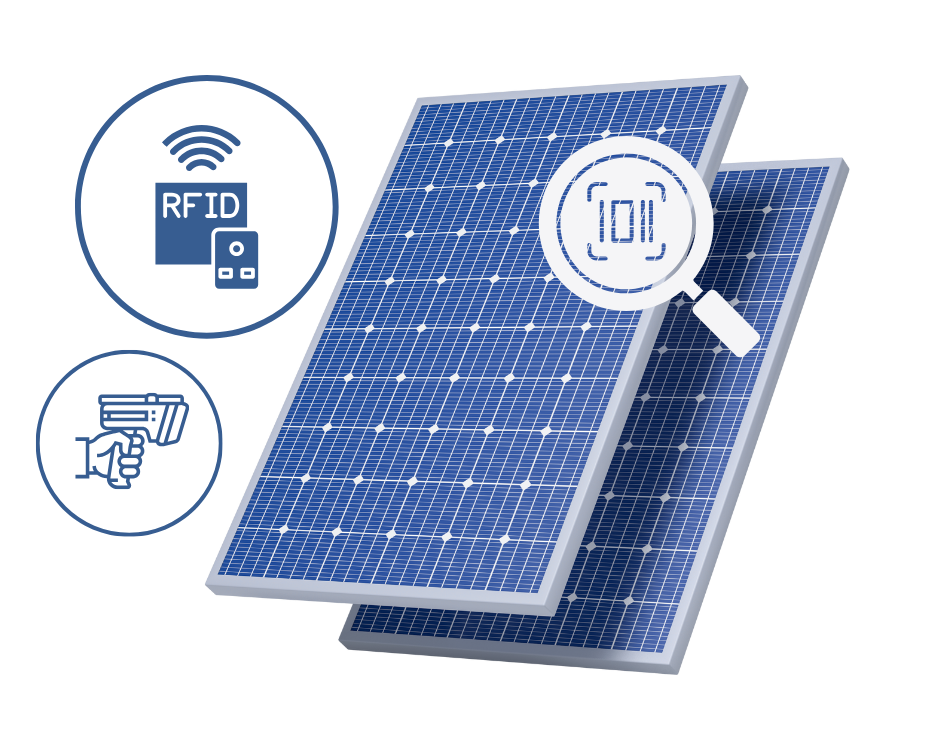
Three Key Components for Effortless Advancement
Asset Tracking and Management
RFID tags can be affixed to individual solar panels, inverters, and other components during manufacturing or installation. These RFID tags contain unique identifiers that can be scanned remotely using RFID readers or handheld devices.
Streamlined Installation and Commissioning
During the installation and commissioning phase of a solar project, RFID technology can streamline the process of tracking and documenting each installed component. RFID tags can be used to create a digital record of installed equipment, including serial numbers, specifications, and installation dates.


Maintenance and Lifecycle Management
RFID technology plays a crucial role in maintenance and lifecycle management of solar assets. RFID tags can store relevant information about maintenance history, warranty status, and service schedules for each solar panel and component.
It takes 3 step to automate the problems
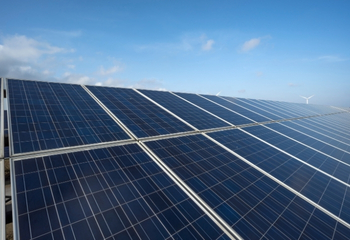
Step 1
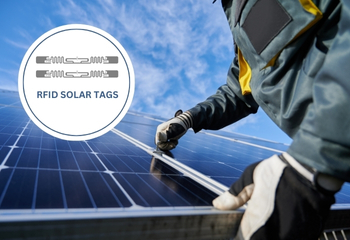
Step 2
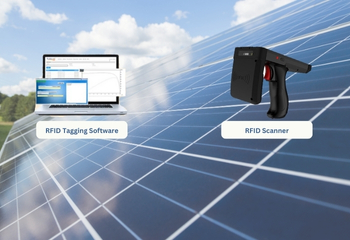
Step 3
Case Studies
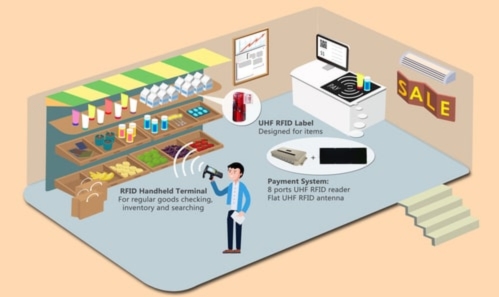
Retail Shop
Increase inventory accuracy, boost process efficiencies and reduce out-of-stocks with item-level tagging. Poxo(Poxo RFID Automation) for retailers can provide full inventory visibility from warehouse to individual retail outlets. In addition, stock taking which typically require a few days can be done within minutes with mobile RFID devices.

Warehouse
Improve efficiency and accuracy throughout your entire warehouse operation with RFID Fixed Gantry for automated inventory update. Streamline receiving, put-away, picking and shipping operations with greatly simplified tracking process by taking only a fraction of the time it would otherwise have taken to count and monitor the items manually with Poxo(Poxo RFID Automation).
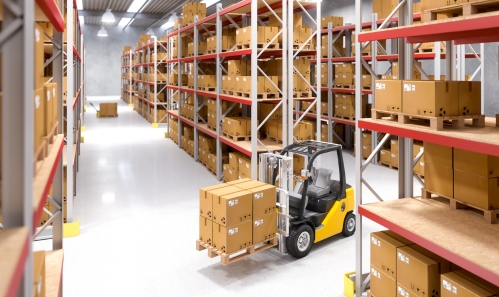
Racking & Forklifts
Automatically verifying pallet identification and rack/door location to avoid mis-shipments or erroneous placements, Poxo(Poxo RFID Automation) for forklift’s customization can provide pinpoint load location, assign dynamic routing, monitor load time, reduce empty moves, and improve the overall productivity and utilization of your forklift fleet.
